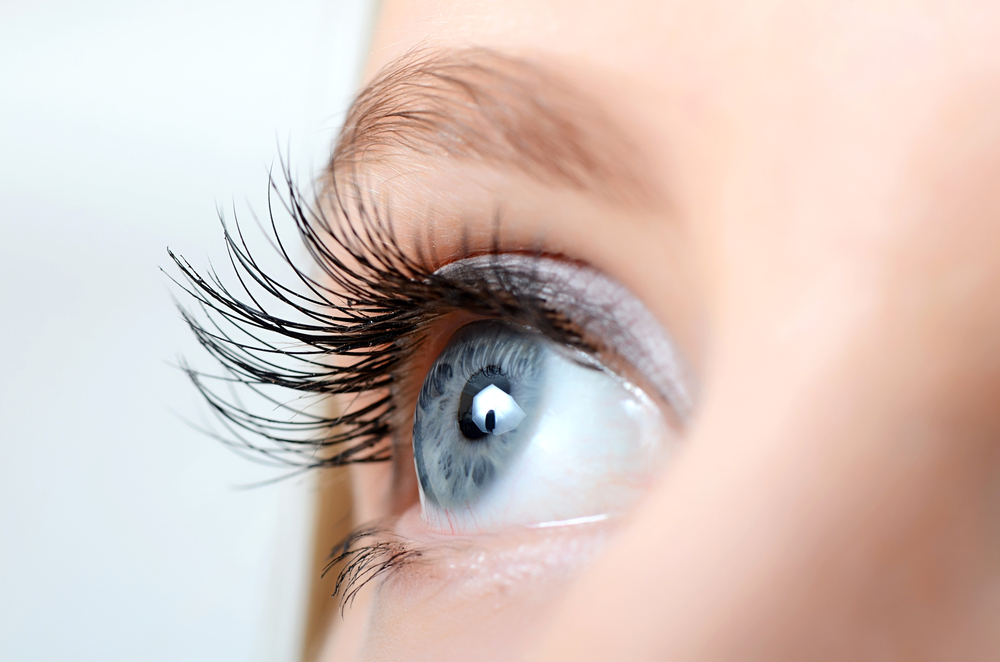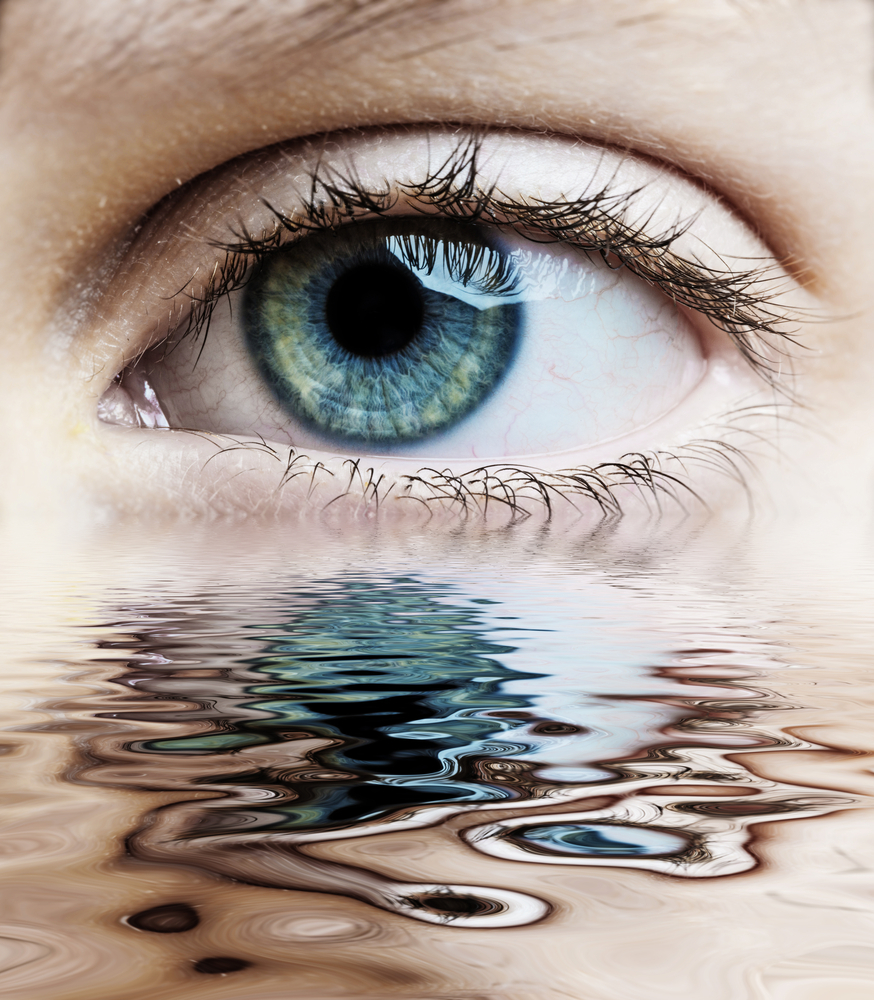 Vision loss is feared more than the loss of any other sense and is considered to affect the quality of life more than most other issues. When it comes to children, even partial vision loss can be damaging because it can affect the way that your child learns and develops. There are several different types of issues that may affect your child’s vision. Awareness is key to prevention and treatment.
Vision loss is feared more than the loss of any other sense and is considered to affect the quality of life more than most other issues. When it comes to children, even partial vision loss can be damaging because it can affect the way that your child learns and develops. There are several different types of issues that may affect your child’s vision. Awareness is key to prevention and treatment.
Refractive Errors
Refractive errors such as nearsightedness, farsightedness, and astigmatism are the most common types of issues that affect children’s vision. Since children are working to constantly adapt to their surroundings, they may not realize that they have a vision problem and the issue may manifest as an inability to focus, chronic headaches, or poor eye-hand coordination. In most cases, these issues can be corrected with glasses or contacts, but extreme cases may require surgery.
Alignment Disorders
Alignment disorders are generally more obvious than other types of issues. One eye may drift to the side, an eyelid may droop, or the surface of an eye may appear cloudy, affecting the vision. In some cases, however, the condition may be intermittent, so it is important to continually look for these symptoms and alert an eye doctor to any concerns. Alignment disorders may be corrected with surgery, an eye patch, eye drops, or a combination depending on the cause.
Pediatric Retinoblastoma
Pediatric retinoblastoma is a type of kid’s eye cancer that usually affects children under six years of age. About 95 percent of children diagnosed in the US are able to be treated successfully and a majority of these children retain most or all of their sight. The prognosis for retinoblastoma improves greatly with early diagnosis and treatment. One of the most common warning signs that you can look for is a white glare on the pupil when it is directly exposed to light.
Diseases and Infections
Diseases and infections such as conjunctivitis, styes, and blocked tear ducts are usually minor problems that are easily resolved. However, these issues may develop into larger problems that affect the vision if care is not taken. Conjunctivitis may resolve on its own depending on the cause, but the child should be kept away from others during the healing process to avoid infecting others or being exposed to other contaminants while the eye is sensitive.
Blocked tear ducts may be opened up using massage techniques recommended by a pediatrician or ophthalalmogist. Allowing the eyes to dry out may be dangerous for the vision, so drops may be needed to keep the eye moist while the tear ducts are blocked. Styes are caused by an infection in the eyelash follicle, so it is important to keep the area clean so that the infection can clear without causing damage.
By working to spot potential issues, you can help to preserve your child’s eye health and vision.
 Amanda Duffy
Amanda Duffy
Freelance blogger

















